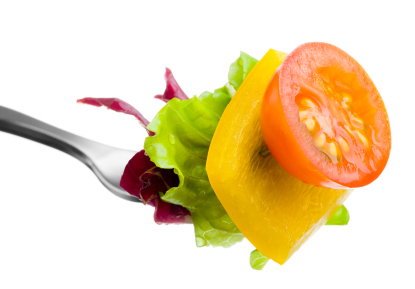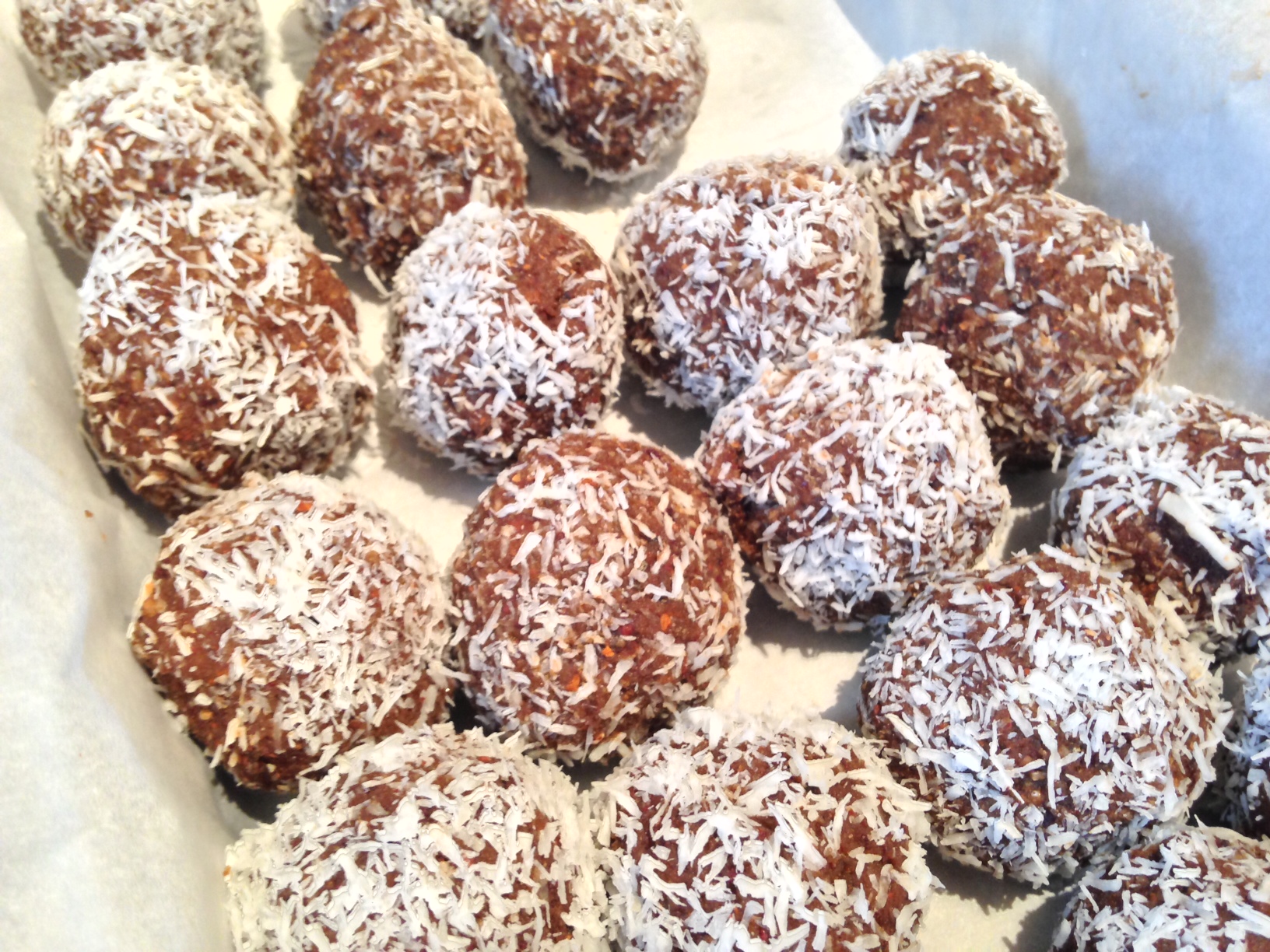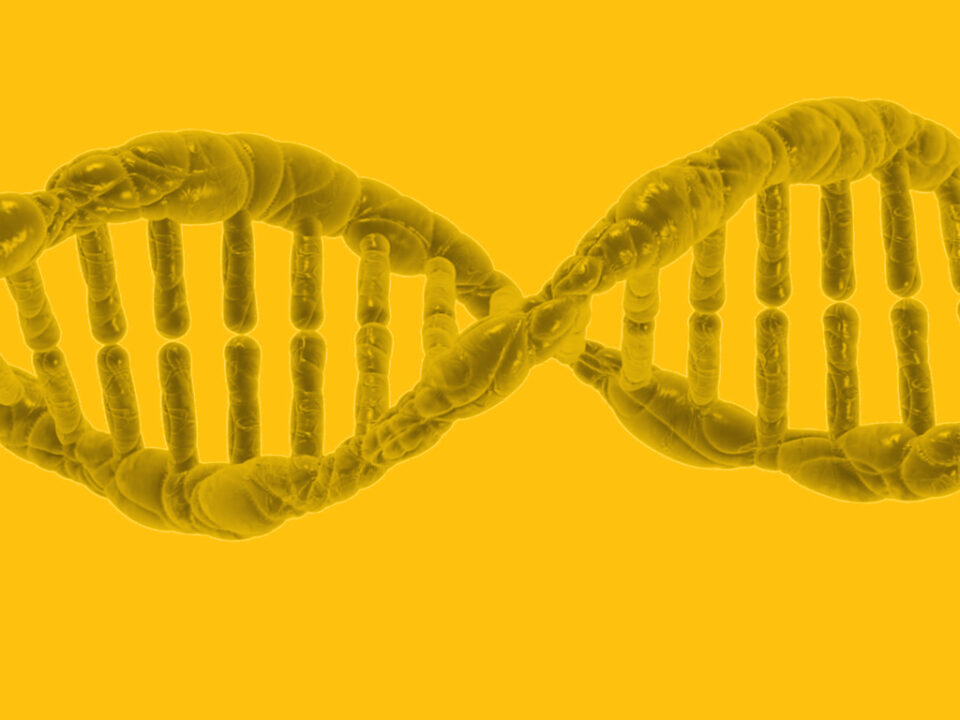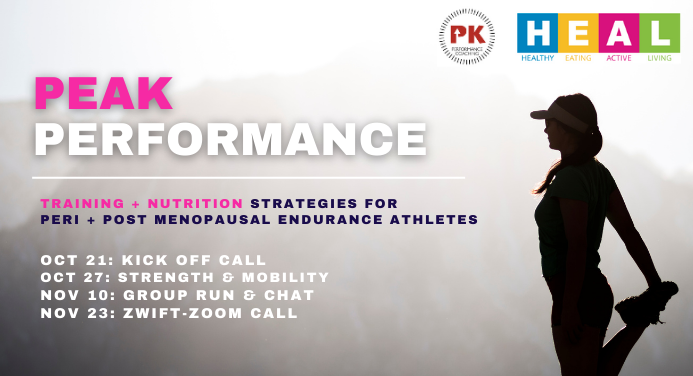
Spring Cleaning for Summer!
May 21, 2014
Ask A Nutritionist: Healthy indulgences
June 5, 2014I was recently interviewed by fellow triathlete Trevor Su about what he could do to improve his diet as well as those of his active kids. See what I had to say below.
Trevor: I have been a couch potato-turned triathlete for 2 years now. During this period I have learned a lot about my body and have started paying more attention to nutrition. |Also, as a father of three, I want my kids to develop balanced eating habits that they will last a lifetime.
When I go to the grocery store, I am always happy to see there are seemingly healthy choices – low fat, low sodium, low sugar. But I wonder if those healthier options live up to their claims. But don’t bother going to the internet because conflicting and misleading information just makes it harder to make informed choices.
I figure I better get a pro to solve the mystery.
Tara Postnikoff is a Registered Nutritional Consulting Practitioner in Ontario. I met Tara through the Toronto Triathlon Club. She is an accomplished triathlete, including her outstanding performance at Ironman Canada 2012, and has represented Canada at several triathlon world championships. Tara is also a certified personal trainer and triathlon Coach. You can find more information about Tara on her website (https://www.heal-nutrition.com/). Thanks to Tara for answering some questions that I know a lot of people ask.
Question 1:
I have always tried to buy “low fat” food from the grocery store. However I heard that is a “chemical crap storm”. Can you explain?
A: Low fat is a big farse and its making people fat! If you remove the fat from a product you have to replace it with something to make it taste good. Usually that is sugar. The amount of sugar in products is increasing and so are our waist lines. Also when you remove the saturated fat from products they lose their shape, so companies need to add stabilizers and thickeners to make them more consistent with the original product. You don’t want to buy liquid yogurt for example, or a cookie that won’t stay together. The other problem with most low fat products is that there is no fat so we feel like we can eat more (without consequence) and we usually do. Fat makes us feel full as it triggers the bodies satiety hormones. Without fat we tend to over eat because we never feel satisfied. Instead of low fat, look for products with full natural fat, like olive oil, coconut oil or even full fat dairy (I’m not saying eat cream though). Avoid products with the words: hydrogenated, fractionated, and modified.
Question 2:
My kids love yogurt. Should I encourage them to eat probiotic yogurt?
A: Encourage your kids to eat plain yogurt and add their own fruit to create the desired flavour. If you are trying to increase their protein levels, then look for Greek Yogurt as it has almost 3 times as much protein. Or if you are looking for a product with good bacteria, try naturally fermented kefir instead. The probiotic yogurts don’t have much potency and you can’t guarantee if the cultures are still alive.
Question 3:
Breakfast is the most important meal of the day but when time is an issue, what is the best breakfast to prepare for my kids?
A: For time strapped situations I think smoothies are great. You can blend up a nutritious breakfast in minutes and your kids can drink it on the way to school or a workout. Try 1 cup of Plain Greek Yogurt, 1/2 banana or 1/2 a mango, 1 cup of strawberries, 1 tbsp ground flax seed, 1 cup of spinach (they won’t taste it) and 1/2 an avocado. Add water to reach the desired consistency – usually 1-2 cups and puree for until smooth. Now they have some healthy carbs, some protein and some healthy fat all in one meal that tastes great. You can modify to suit their individual needs.
Question 4:
Getting kids to eat kale, broccoli and quinoa is not the easiest thing. Do kids need a vitamin supplement?
A: That depends on the rest of their diet. With kids always start with the best food possible and make it fun before adding a multi-vitamin/mineral supplement. Consult an expert to help you choose the right one for your kids. They don’t need to eat kale and quinoa to be healthy. You can use any vegetable they like, hopefully some will be green. Let them pick the veggies that they like, and get them involved in the cooking process. Also don’t over cook veggies. Brown and mushy veggies don’t taste good period. Keep washed and cut veggies and fruit on hand so the choice is easy when they go to the fridge.
Question 5:
What do kid bodies need differently in terms of nutrition than adult bodies?
A: Many active kids need more food and more nutrition than adults. They are so metabolically active as they are developing that its important that they get sufficient healthy calories, protein and healthy fats to allow their bodies and minds to develop properly.
Question 6:
Is it unsafe to give protein shakes to athletic kids after exercise?
A: Its not unsafe, but watch the ingredients in those protein powders. Often real food can be used just as well. A couple hard boiled eggs and some fruit for example. Otherwise you can use a unflavoured whey protein powder or brown rice protein powder and mix it with some fruit and water for them. It’s all the additives that can be in the powders that you want to be careful of. Watch out for artificial sweeteners and colours- plain is your best bet.
Question 7:
Water is the best thing for us to drink but what alternatives can parents give kids?
A: Water is great for kids, but they can find it boring. You can add fresh squeezed juice from fruits to help make it more interesting for them. Just don’t have them guzzle litres of juice or pop daily. They need to keep their hydration levels up too, so make sure they are drinking often.
Question 8:
Should kids follow the caloric composition 40% protein, 40% carbohydrates & 20% fat just like adults do?
A: I don’t actually recommend that caloric composition for adults. Try to keep protein around 20-30% depending on your goals. For kids, I’d say they can have more carbohydrate and more healthy fat (up to 30%). Their bodies need it as they develop.
Question 9:
I think I eat a balanced diet but I often crave things that aren’t good for me. How can I manage these weak moments?
A: I’d argue that if you have regular cravings your diet isn’t that balanced. Perhaps you aren’t eating enough to meet you activity needs and perhaps it’s of the wrong make up. Im not saying you’ll never want a chocolate bar or a bag of chips, but you shouldn’t have these urges daily if you are eating balanced. Make sure you are getting enough vegetables for fibre, vitamins and minerals, enough unrefined carbohydrates for energy, as well as enough healthy fat (think raw nuts, seeds, avocado, olive oil, coconut oil, ground flax seed). And aim to have about 15-20g of protein at each meal. Sometimes you just have to say no. If you’ve given into your urges for chocolate everyday at the same time then your body will come to expect that sugar rush, and start to demand it if you don’t give in. So sometimes we just have to say NO for 2-3 weeks to clear it out of your system and break the dependency.
Question 10:
How can I keep eating under control over the holiday season? Any health advice for pre, during and post holidays?
A:Remember you goals and your objectives. When those are clear it’s easier to stay focused. If you eat proper and balanced meals then you wont have the urges for all the holiday treats. But to help out with saying no, don’t bring them into the house or the office. Don’t accept something just because it’s being offered. Say yes once in awhile, but make sure its for something you really want and will enjoy. Be mindful of portion sizes, and limit alcohol consumption. Post holiday’s you may need to re-focus, but don’t eliminate everything as it might end up with you binging 2 weeks later. Just return to a regular routine and exercise some will power and you’ll get back on track in no time!
Tara, thank you for your time and valuable advice.


